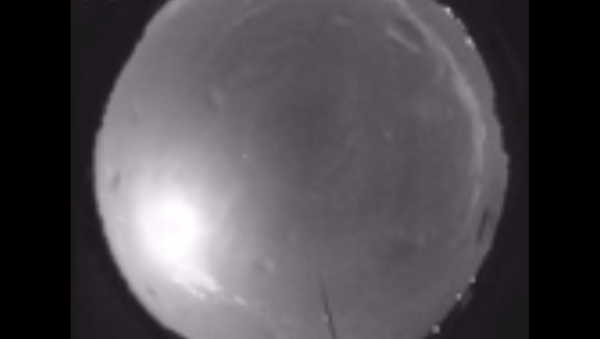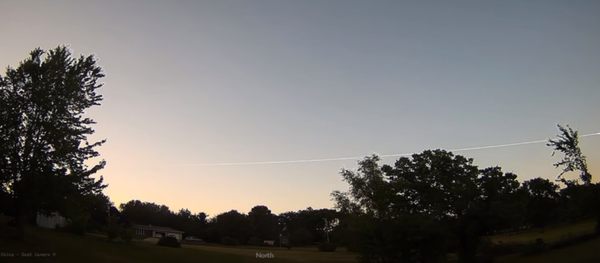The "very bright" fireball was reported by several eyewitnesses in the Heart of Dixie and recorded by all six NASA meteor cameras set up in the region at roughly 12:19 a.m. local time, according to NASA Meteor Watch. The speedster was traveling at 53,700 miles per hour at an altitude of 58 miles before fragmenting.
It was first spotted above Turkeytown, Alabama, before moving west and breaking up near the town of Grove Oak.
"Early results indicate the fireball, which was at least 40 times as bright as the Full Moon, was caused by a small asteroid 6 feet (2 meters) in diameter," NASA Meteor Watch said in a video post.
"We are still assessing the probability of the fireball producing meteorites on the ground — whether it did or not, it was an extremely bright event, seen through partly cloudy skies and triggering every camera and sensor operated by the Meteoroid Environment Office in the region," the post continues.
— BlakeNo (@BlakeNo) August 18, 2018
The American Meteor Society (AMS) received some 53 reports of the fireball from Alabamians. "It was green, then it flashed orange and faded away," AMS user Chuck B from Florence, Alabama, posted.
"I am positive it was not some kind of laser or spot light as I was smoking outside and had directly stared at it by accident as it flashed and could tell it was not being projected from the ground as a light seems, and I live in a rural area where that wouldn't most likely happen," another report states.
And while many reported seeing it, others also indicated that they'd felt the power of the meteor as it sped past their homes. "I didn't see it. Only heard it. It shook my house. Others are saying it was green bright light," Sherri B from Gadsden said.
— James Spann (@spann) August 17, 2018
Earlier in August, the Perseid meteor shower offered skywatchers a light show unlike any other by producing as many as 60 to 70 shooting stars per hour from August 11 to August 13, according to Live Science.


